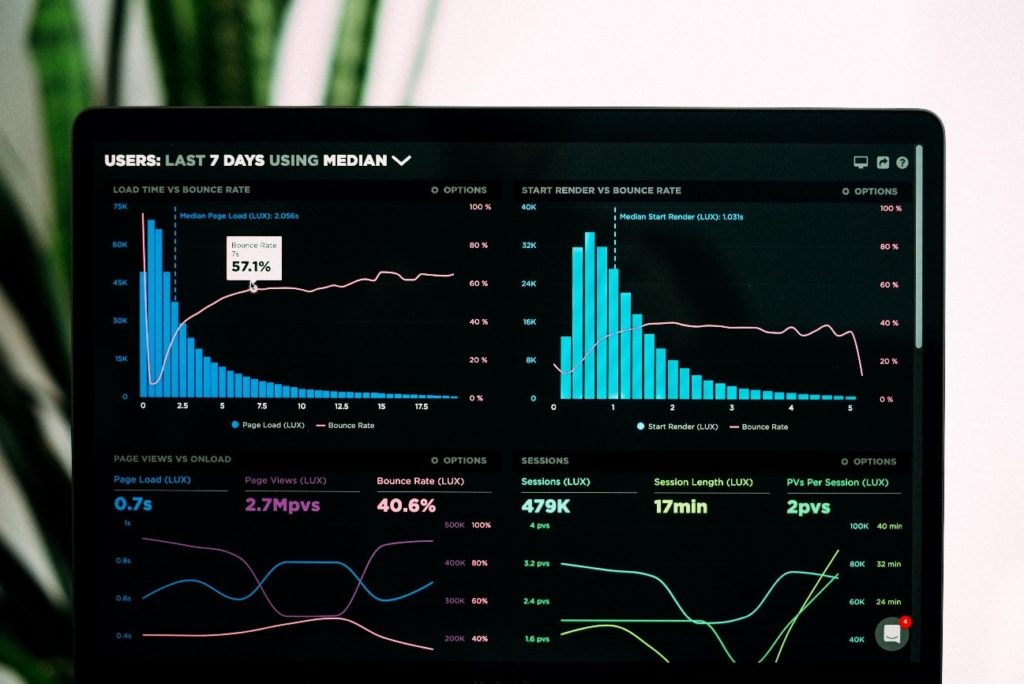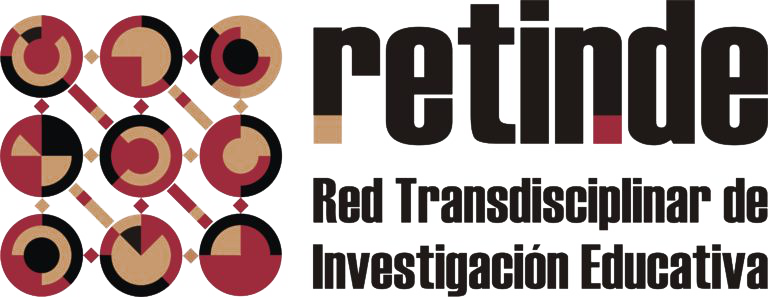Academic Analytics in Higher Education and the Potential of Big Data Analysis
According to Beyer and Laney (2012), Big Data can be defined as “a high volume of data, at high speed and / or with a great variety of data, which requires new forms of processing to improve decision-making, the vision of the future and the optimization of the processes ”. The valorization of this data can favor the improvement of the organizations through the collection, extraction and analysis of the own data that are generated in the context of the institutions. This field of knowledge, although it has started in the business sector, has in recent years had a greater extension in the educational field.
The insertion of virtual learning environments that favor the teaching and learning process collect large amounts of educational data that can be highly useful for students and teachers, faculties and institutions of higher education. The analysis of these big data of an educational or academic nature is called «learning analytics» or «academic analytics».
The main difference between the concept of “learning analytics” and “academic analytics” lies in the delimitation of the context of the data and its purpose of use. The ” analytical learning ” is linked to the use of data in the context of the teaching and learning concrete. The « academic analytics », on the other hand, have a more general vision towards the analysis of the computation of data generated in institutions, at local or even national and international levels.
The most commented negative aspects in the academic literature warn of the need for ethics in data control, of the violation of the privacy of personal information, the complexity of analyzing such amount of data or the complications attributed to a superfluous reading or misinterpretation of the behavior patterns shown by the data arising from the relationship between people and this technology (Sclater, N., Peasgood, A., & Mullan, J., 2016). As Selwyn et al. (2021) point out, it is necessary to keep a critical eye on a deterministic vision of automation and question the culture of “total automatism” because it generates a dependency of educational institutions on large technology corporations without this necessarily implying an improvement. of the formative quality of the same.
On the other hand, the positive aspects that stand out in the analysis of large amounts of data in education are, among others, the improvement of educational attention, personalization of learning, self-reflection and awareness of progress, monitoring of student performance and prediction to identify possible future problems such as abandonment or other risk situations that require attention.

Atribución: Imagen de Luke Chesser en Unsplash
The use of academic analytics in education depends on considering that these data are, in themselves, valuable and interesting information for the improvement of policies and practices in higher education, guiding the indications and lines of improvement in agreement with governments , corporations and higher institutions. Long and Siemens (2015), point out that these data cannot be considered a mere “by-product” of interaction and activity in digital environments, but, on the contrary, they are data with a fundamental value for the improvement of educational organizations and institutions.
The study of this expanding field requires advanced knowledge in computer science, education and statistics, which favors the creation of interdisciplinary teams that reinforce different branches of knowledge (Kei Daniel, 2017). An example of this is the study being carried out on academic analytics at the University of La Laguna, within the framework of a doctoral thesis of the research group “Laboratory of Education and New Technologies (EDULLAB ) ”entitled“ The digital transformation of university education. Analysis and proposals for postgraduate degrees at the University of La Laguna» (Doctoral candidate: Anabel Bethencourt, Directors: Manuel Area, Juan J. Sosa and Dagoberto Castellanos).
The results from this doctoral thesis will bring us closer to the concept of «academic analytics» through a systematic review of the literature; an approach to the opinions, needs and demands of teachers and students about their personal activities for digital use, as well as their opinion about the digital transformation of degrees and the situation experienced as a result of the impact of the pandemic on higher education. In this doctoral thesis, a study is also being carried out on academic performance in the last five academic years from 2016 to the last academic year 2020/2021, in correlation with analysis of the big data of the servers of the University of La Laguna from the Moodle digital environment of all postgraduate degrees of our institution. In this way, we are making a comparison between the pre-Covid situation (courses 2016-17, 2017-18, 2018-19) during the period of Covid confinement (course 2019-2020), and the current academic year of “adapted face-to-face” ( 2020-21), analyzing the correlations between the academic grades obtained by the students in each of the four-month periods covered by these academic courses, with the underlying pedagogical models of virtual classrooms and with the behavior patterns of the educational agents in those academic years. virtual environments.
References
Bethencourt-Aguilar, A., Area-Moreira, M., Sosa-Alonso, JJ, and Castellano-Nieves, D. (2021) “The digital transformation of postgraduate degrees. A study on academic analytics at the University of La Laguna, ” 2021 XI International Conference on Virtual Campus (JICV) , pp. 1-4, http://dx.doi.org/10.1109/JICV53222.2021.9600311
Beyer, MA; Laney, D. (2012). The importance of ‘big data’: a definition . Stamford, CT: Gartner, 2014-2018.
Kei Daniel, B. (2017) Big Data and Learning Analytics in Higher Education: Current Theory and Practice , Springer, https://www.springer.com/gp/book/9783319065199
Long, P. & Siemens, G. (2015): “Penetrating the Fog: Analytics in Learning and Education”, EDUCAUSE Review , http://net.educause.edu/ir/library/pdf/ERM1151.pdf
Sclater, N., Peasgood, A., & Mullan, J. (2016). Learning analytics in higher education: A review of UK and international practice. Jisc . Retrieved from https://www.jisc.ac.uk/reports/learning-analytics-in-higher-education
Selwyn, N., Hillman, T., Rensfeldt, A. and Perrota (2021). Digital Technologies and the Automation of Education – Key Questions and Concerns. Postdigital Science Education https://doi.org/10.1007/s42438-021-00263-3

Atribución: Imagen de Luke Chesser en Unsplash
Authors:
Anabel Bethencourt, Manuel Area, Juan J. Sosa and Dagoberto Castellanos.
Laboratory of Education and New Technologies EDULLAB
University of La Laguna






